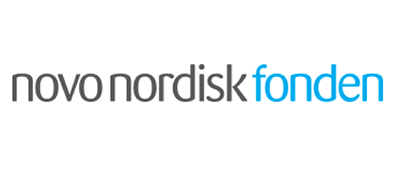 NOVO NORDISK FOUNDATION-SPONSORED VISITING SCHOLAR FELLOWSHIP RESEARCH PROJECT - 2021
NOVO NORDISK FOUNDATION-SPONSORED VISITING SCHOLAR FELLOWSHIP RESEARCH PROJECT - 2021
Visiting Scholar: Josefine Eilsø Nielsen (Roskilde University)
Stanford Faculty Advisors: Annelise Barron (Bioengineering), Mehrdad Shamloo (Neurosurgery), and Wah Chiu (Photon Science Directorate, Bioengineering, and Microbiology & Immunology)
Deconstructing Alzheimer’s Disease and type 2 Diabetes – a molecular study on Amyloid binding partners using electrons, X-rays and neutrons
Josefine's project will study natural and synthetic binding partners of amyloid peptides that modulate and interfere with in vivo fibril formation relevant to amongst others Alzheimer’s disease and type 2 diabetes development. The primary objective of this project is to understand the role LL-37 (human host defense peptide) plays in prevention of disease progression. High resolution Cryo-EM and Small Angle X-ray and Neutron Scattering methods will provide structural and kinetic details on the complexation processes of LL-37 and amyloid peptides. Amyloid-b is a crucial component in amyloid plaques found in the brains of people with AD, and the complexation with LL-37 has been linked to prevention of amyloid fibrillation and plaque formation. The information to be learned from this study may play an important role in designing new AD treatment and prevention strategies. Due to the established link between diabetes type 2 and development of dementia (two-fold increased risk reported), Josefine will also use the same methodology to study LL-37s interaction with islet amyloid polypeptide (IAPP) linked to pancreatic inflammation, beta-cell degeneration and pathogenesis of type 2 diabetes.
Further into the project, Josefine will use the results from studying LL-37 as an amyloid binding partner, to test a series of alternative compounds with greater potential as drug candidates. Here she will focus on peptoids (oligomers of N-substituted glycines) that mimic LL-37 in structure, because these molecules demonstrate superior proteolytic stability and better bioavailability than the corresponding peptides.




